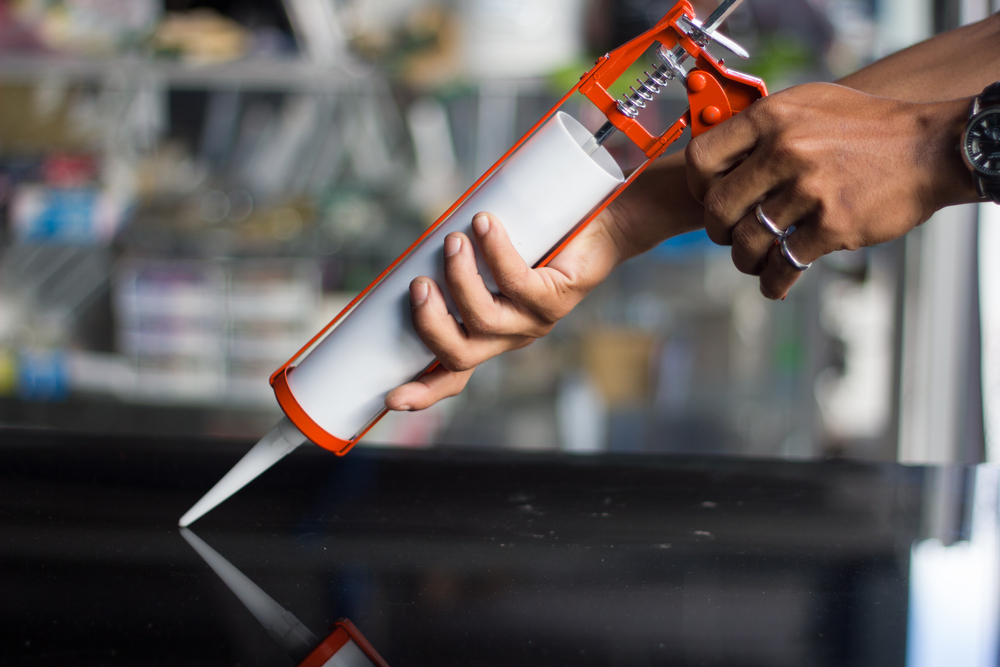Shortcoming of Corrugated Plastic Pipes
 Sometimes, differences in construction materials that might seem insignificant to the untrained eye can have long lasting implications and cause headaches down the road. ETC has seen this situation arise plenty of times when evaluating new below-grade drainage systems, specifically regarding the type of piping to be used: corrugated plastic pipes or rigid PVC pipes. Corrugated plastic pipes are thin walled pipes, typically .02” thick, with a series of grooves running parallel to each other along the length of the pipe, while rigid polyvinyl chloride (PVC) pipes are thicker, ranging from .1” to .5” depending on the diameter and schedule of the pipe, and have smooth inner and outer walls. Corrugated pipes are typically cheaper than PVC pipes and are easier to install and connect, making them a favorite of DIY-ers. However, in our experience, the increased flexibility and installation ease comes at a great sacrifice to the durability and effectiveness of the drainage system.
Sometimes, differences in construction materials that might seem insignificant to the untrained eye can have long lasting implications and cause headaches down the road. ETC has seen this situation arise plenty of times when evaluating new below-grade drainage systems, specifically regarding the type of piping to be used: corrugated plastic pipes or rigid PVC pipes. Corrugated plastic pipes are thin walled pipes, typically .02” thick, with a series of grooves running parallel to each other along the length of the pipe, while rigid polyvinyl chloride (PVC) pipes are thicker, ranging from .1” to .5” depending on the diameter and schedule of the pipe, and have smooth inner and outer walls. Corrugated pipes are typically cheaper than PVC pipes and are easier to install and connect, making them a favorite of DIY-ers. However, in our experience, the increased flexibility and installation ease comes at a great sacrifice to the durability and effectiveness of the drainage system.
Corrugated pipes tend to clog more frequently then solid-walled pipes due to their ribbed profile and
are more difficult to clean as well, as an auger or plumbing snake could easily tear through the pipe’s
thin plastic walls. The thin plastic pipe walls are easily crushed as well, especially when backfilling with
compacted soils or stone. We have observed drainage systems where newly installed corrugated pipes
were crushed during construction, rendering a sizable portion of the drainage system useless from the
start. ETC always recommends rigid PVC pipes over corrugated pipes for below-grade drainage
applications in order to provide clients with an effective and durable drainage system. If you’re having
drainage issues and looking for professional help, ETC can provide a long-last solution to address your
needs. Contact us for a free proposal:



